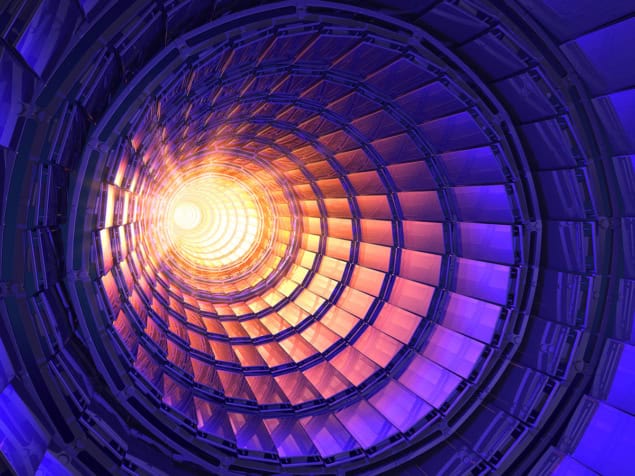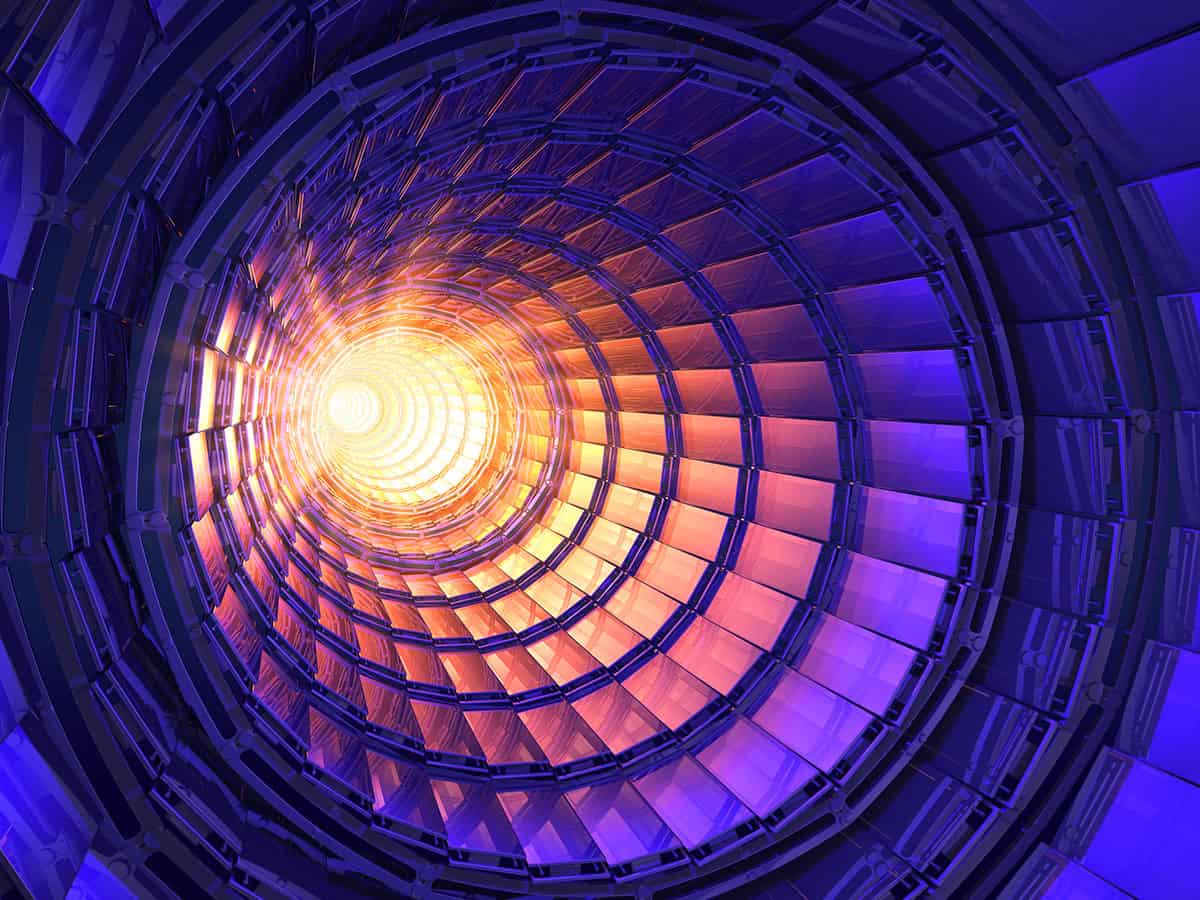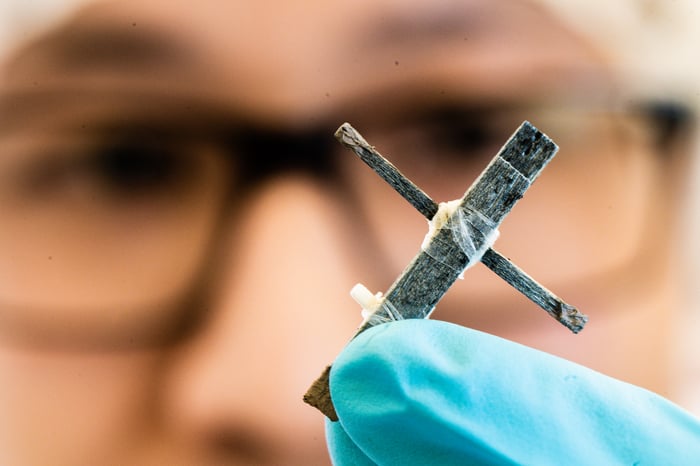CMS researchers observe quantum entanglement in top quark–antiquark pairs, revealing new insights into quantum behaviour at the smallest scales

Quantum entanglement is a fascinating phenomenon in which the states of two particles become intrinsically linked, such that a change in one particle’s state instantly affects the other, regardless of the distance between them. This nonlocal connection leads to remarkable effects, including the ability to influence one particle by manipulating its entangled partner. Famously, Einstein referred to quantum entanglement as “Spooky Action at a Distance”. Until now, entanglement has been observed in systems involving atoms, electrons, and photons.
Researchers from the CMS Collaboration at CERN have used data collected in 2016 at the Large Hadron Collider (LHC) to investigate quantum entanglement in top quark–antiquark pairs. In these experiments, protons were collided at extremely high energies (13 TeV), which, as predicted by Quantum Chromodynamics, can lead to the production of top quark pairs. The top quark is the heaviest known fundamental particle, and both it and its antiquark counterpart decay almost instantly after being produced.
In this study, CMS focused on events where two leptons (such as electrons or muons) were detected with opposite charges and high momentum. These leptons originate from the decay of the top quark and antiquark and carry information about their parent particles, including their spin. To probe entanglement, the researchers used an observable called D, which quantifies the correlation between the spins of the top quark and antiquark. A value of D < -1/3 serves as a clear signature of quantum entanglement. The CMS result lies more than five standard deviations below this threshold, establishing the observation of entanglement in top quark-antiquark pairs. This offers valuable insight into the behaviour of quantum systems under extreme energy conditions.
The ATLAS Collaboration previously reported the first observation of entanglement. This measurement was carried out at the level of stable particles, reconstructed after hadronization. In contrast, the CMS measurement was performed at the parton level, which refers to the behaviour of the original building blocks of particles (quarks and gluons) before they form composite particles. This approach provides a complementary view of the quantum state.
This groundbreaking work not only confirms that quantum mechanics holds true at the highest energies and shortest timescales by revealing entanglement in the production of the heaviest fundamental particles, but also establishes particle colliders like the LHC as powerful platforms for exploring quantum information science.
Do you want to learn more about this topic?
Top quark physics in hadron collisions by Wolfgang Wagner (2005)








